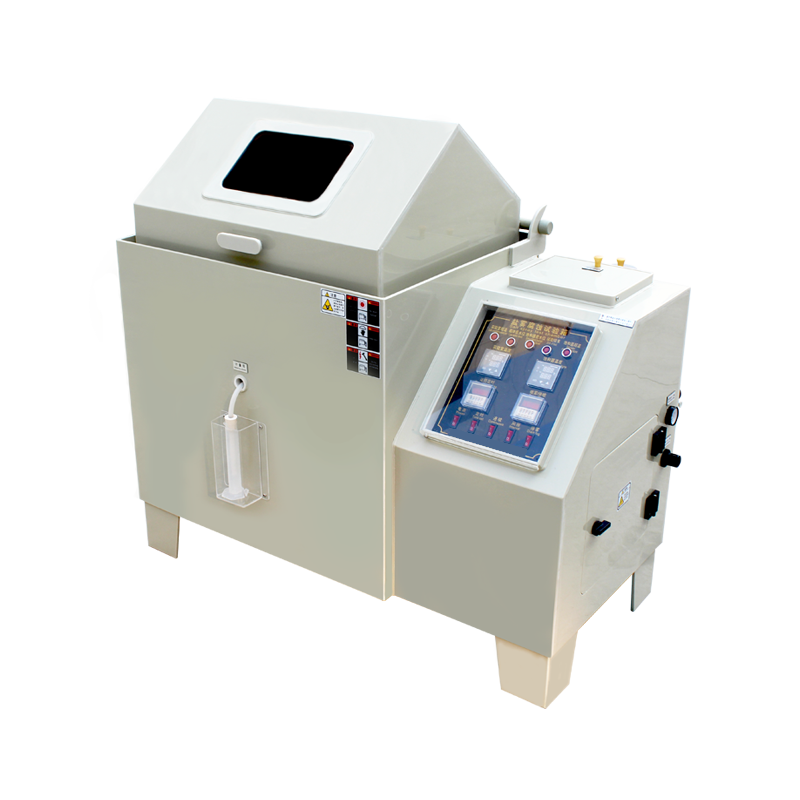In modern electronics manufacturing, printed circuit boards (PCBs) serve as the backbone of devices, directly determining product performance and longevity. However, prolonged exposure to environmental factors can lead to hidden defects, compromising reliability. To detect these issues before market release, salt spray test chambers have become an essential quality assurance tool.
The Science and Value of Salt Spray Testing
Salt spray testing simulates corrosive salt fog conditions commonly found in marine and industrial environments, rigorously evaluating a PCB’s corrosion resistance. Beyond assessing material durability, this test exposes hidden flaws in PCB design and manufacturing. It helps manufacturers preemptively identify risks such as electrical leakage, short circuits, and other failure modes that could arise during real-world use.
Proactive Defect Detection Strategies
-
Preparation and Testing Protocol
Before testing, manufacturers must ensure PCBs meet baseline quality standards. Samples are then placed in the test chamber under controlled temperature and humidity to replicate harsh operating conditions. Tests typically run for hours or even days, with periodic inspections of physical appearance and electrical performance. This process pinpoints corrosion risks caused by suboptimal materials or production flaws, while also revealing design weaknesses.

-
Data-Driven Improvements
Test results provide actionable insights for refinement. By analyzing failure mechanisms, teams can optimize material selection, refine manufacturing processes, or adjust designs to enhance overall product reliability.
A Commitment to Reliability
In the competitive electronics industry, quality and durability are non-negotiable. Salt spray testing empowers manufacturers to eliminate PCB defects preemptively, ensuring every circuit board withstands environmental challenges. Each test is a pledge of quality; every certified PCB embodies confidence in technological progress.
Let’s harness the power of salt spray testing to deliver superior products—building trust with consumers and shaping a more resilient future for electronics.













